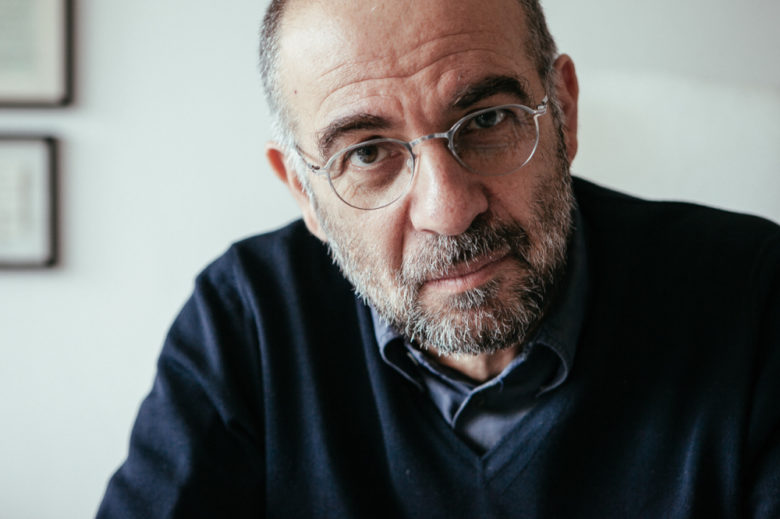The true origins of the word cassata, the most famous Sicilian dessert
When you say Sicily you inevitably say pastry, desserts and fresh ricotta. In a word, cassata, a typical dessert that never ceases to seduce admirers and curious, and that makes the name of the island famous in the whole world. And yet this cake does not have an entirely local origin, although it has been a traditional Sicilian dish for centuries.
The etymology of the term “cassata” comes from abroad, more specifically from neighboring Spain: “quesada” (or “quesadilla”) is not by chance the term that in Castilian indicates a culinary product based on cheese, from the Latin word “caseata”, having the same root. However, this is not just a matter of denomination. The recipe has a distant provenance itself, which in this case arrives from the other side of the mediterranean Sea.
According to the legend, one day a Sicilian peasant came across an Arab shepherd who was struggling with the preparation of a type of food he didn’t know about and the main ingredient of which was ricotta.
This caught the farmer’s attention and pushed him to ask what the man was cooking, but the pastor misunderstood and answered another question: not “what is this dish?”, but “what is this container?”. So, the answer from the pastor was: “quas’at”, which in Arabic means “basin”. The misunderstanding was not clarified, and the farmer came back on his own way convinced he had obtained the exotic name of a new dish.
Probably thanks to an experiment of the curious villager, cassata was born as a dessert with candied fruit and real pasta – of which Trinacria is an expert connoisseur. It brought with it a pinch of the two cultures of which it is the result: Pan of Spain and sheep’s ricotta. A mix of flavors that is also reflected in the popular and mysterious name with which it has passed into history.
Now that many of its secrets have been revealed, you just have to taste and enjoy it until the last bite!
Translated into English by Eva Luna Mascolino



